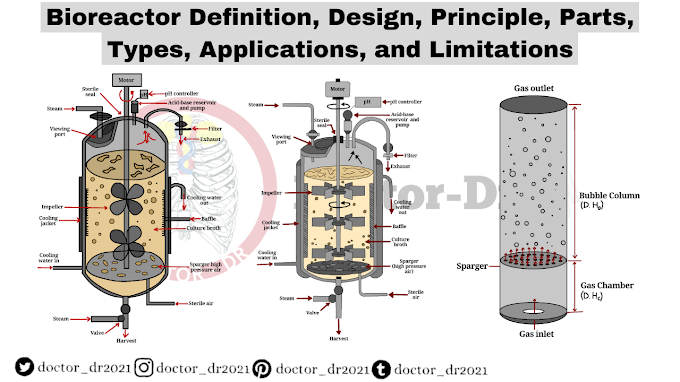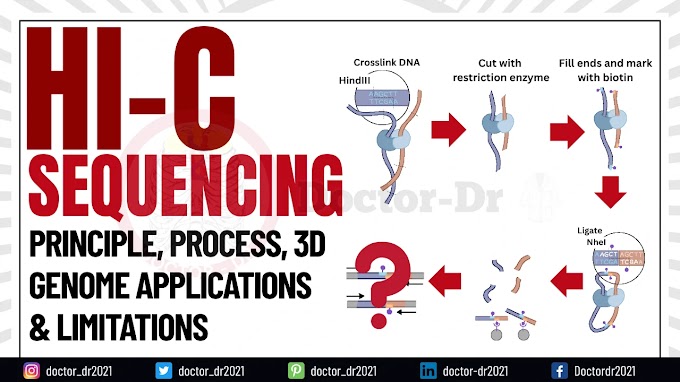Table of Contents
- Agglutination Definition
- Precipitation Definition
- Key Differences (Agglutination vs. Precipitation)
- Examples of Agglutination
- Examples of Precipitation
Agglutination Definition
Agglutination refers to the clumping of antigens with their respective antibodies.
- Agglutination reactions involve particulate test antigens conjugated to a carrier.
- Carriers can be artificial (e.g., latex or charcoal particles) or biological (e.g., red blood cells).
- When red blood cells are involved, the process is called hemagglutination. With white blood cells, it is termed leukoagglutination.
- These conjugated particles react with the patient’s serum, which may or may not contain antibodies.
- Results are based on the visible clumps formed by antigen-antibody complex formation.
The sensitivity and accuracy of agglutination depend on factors such as:
- Incubation duration with the antibody.
- Amount and strength of antigen conjugated to the carrier.
- Test conditions, including pH and protein concentration.
Agglutination is widely used in diagnostic tests due to its simplicity and quick process. These include:
- Latex agglutination.
- Flocculation tests.
- Direct bacterial agglutination.
- Hemagglutination.
Agglutination is useful for detecting bacterial antigens, aiding bacterial identification. A more advanced technique is Agglutination-PCR, where:
- Antibodies bind to antigen-DNA conjugates, leading to agglutination.
- DNA strands are quantified using q-PCR after ligating with antibodies.
Precipitation Definition
Precipitation involves the binding of soluble antigens to their specific antibodies under optimum conditions, forming an insoluble precipitate.
- This reaction forms a lattice of antigen-antibody complexes, which precipitate out of the solution.
- For precipitation, the antibody must be bivalent, while the antigen can be bivalent or polyvalent.
- Precipitation occurs in the zone of equivalence, where antigen and antibody concentrations are equal.
Immunological techniques utilizing precipitation include:
- Immunodiffusion.
- Electroimmunodiffusion.
This principle is also applied in analytical chemistry for detecting functional groups in chemical substances. When lighter precipitates are formed, flocculation occurs, where the precipitate floats instead of sedimenting.
- Precipitation reactions are often performed on semi-solid surfaces like agar media or cellulose acetate.
- Precipitates remain suspended until gravity causes sedimentation.
Key Differences Between Agglutination and Precipitation
Examples of Agglutination
Haemagglutination Assay
This diagnostic technique detects viruses, bacteria, and antibodies.- Antigens from viruses or bacteria bind to sialic acid receptors on red blood cells, forming a lattice network.
- The lattice formation depends on the concentrations of antigens and RBCs.
- At low antigen concentrations, RBCs settle at the bottom without forming lattices.
- Haemagglutination mimics viral mechanisms during infections.
A control well is used to compare antigen concentrations. Based on agglutination levels, the antigen and organism concentrations in the sample can be determined.
Examples of Precipitation
Immunodiffusion Precipitation Test
This immunological technique detects and quantifies antibodies and antigens, typically immunoglobulins and nuclear antigens.- Antigen and antibody are applied to adjacent wells.
- As they diffuse towards each other, precipitates form visible lines where interactions occur.
- Comparing multiple antigens in multiple wells is possible.
Precipitation lines indicate the presence of specific antigens, enabling the detection of bacteria or viruses.








